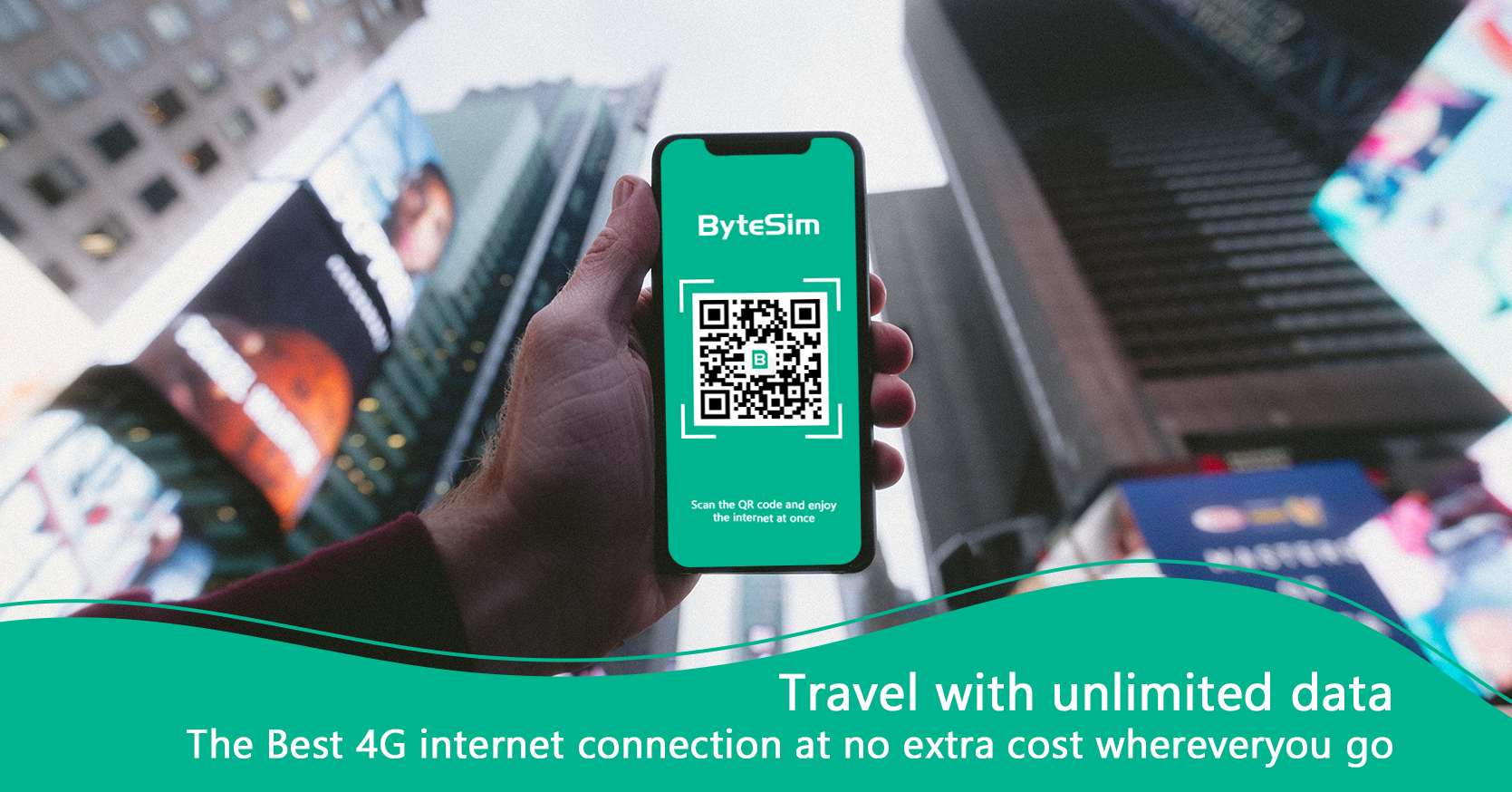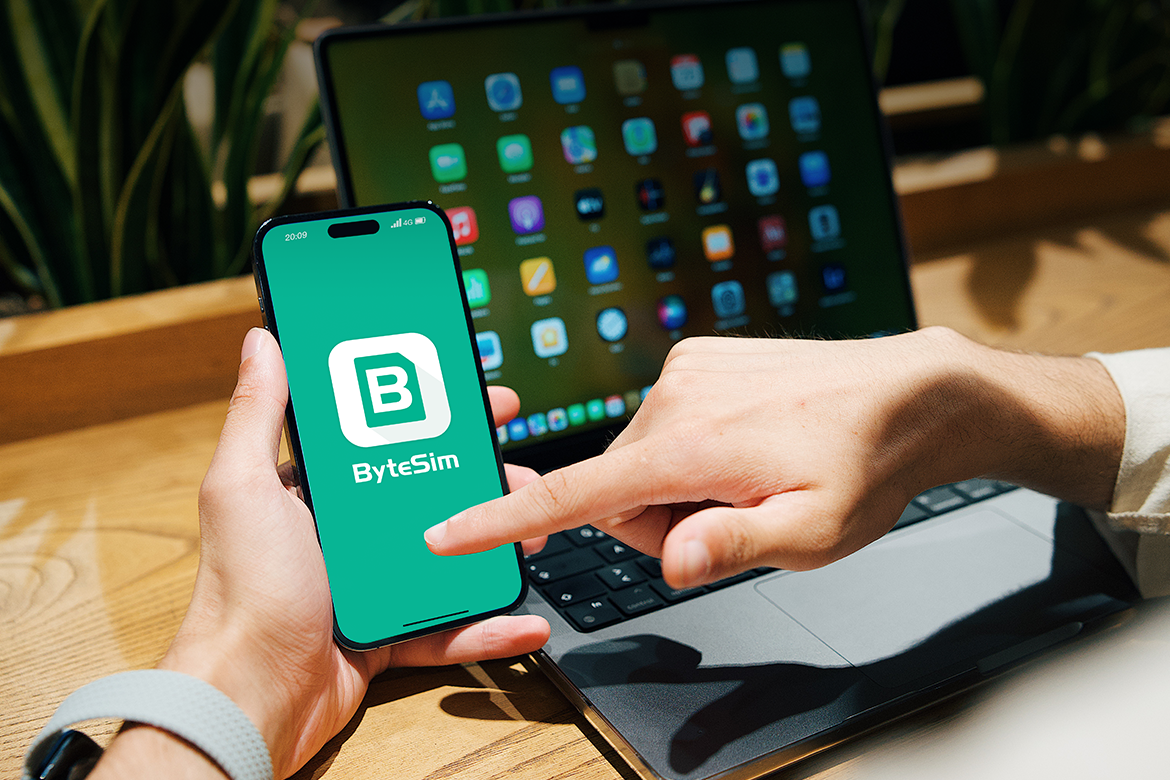Physical SIMs VS eSIMs: the Ultimate Comparison!
Aug 29,2023 | Tim
Physical SIMs VS ESIMs----the Ultimate Comparison!What Is a Physical SIM and ESIM?Working Principle of Physical SIM and ESIM ESIM(Physical) SIMEvolution From Physical SIM to ESIMPhysical SIM Card FeaturesESIM Card FeaturesAdvantages of ESIMs Compared to Physical SIMsThe Trend of ESIM in the Future

In the world of mobile technology, SIM cards play a crucial role in connecting devices to cellular networks. With advancements in technology, we now have eSIMs (embedded SIMs) alongside traditional physical SIM cards. Both of them play an essential role in human society and change our life.
So, today we are going to delve into the differences between eSIMs and physical SIMs, understanding their working mechanisms, exploring their features, and discussing the evolutionary journey from physical SIMs to eSIMs. Additionally, we will touch upon the future trends surrounding eSIM technology.
What Is a Physical SIM and ESIM?
A physical SIM card is a removable, small chip that needs be to inserted into a SIM card slot in the device to establish network connectivity. It is a small chip that you insert into your device's SIM card slot. It contains subscriber information, such as your phone number and carrier details, and establishes a physical connection between your device and the cellular network.
On the other hand, an eSIM (embedded SIM) is a virtual SIM card that is already embedded within your device's hardware. Unlike a physical SIM, you can't remove an eSIM. Instead, you can activate, deactivate, or switch between different carrier profiles using software interfaces.
Working Principle of Physical SIM and ESIM
ESIM
As for the working principle of eSIM, it happens when you activate an eSIM by scanning a QR code or providing an activation code from your chosen carrier. This code contains the necessary network provisioning information to connect your eSIM to the carrier's network.
(Physical) SIM
When inserting a physical SIM card into the SIM card slot you will build a physical connection between the device and the cellular network. The SIM card stores information, such as the International Mobile Subscriber Identity (IMSI) , necessary to authenticate the device on the network.
Evolution From Physical SIM to ESIM

top view of three sim cards with smartphone
Early SIM cards were about the same size as credit cards and were used for large communications devices. With the subsequent evolution, although the SIM card is still large, this is the first generation of Standard SIM(1FF) defined in 1994, and the second generation of Mini SIM(2FF) came out in 1996.
After that, Micro SIM(3FF) in 2003 and Nano SIM(4FF) entered the market in 2012. With the application of the Internet of Things(IoT) , the embedded SIM(eSIM) card was put into use in 2016.
Nowadays, SIM technology has been keeping innovating and improving. As the technology of smart devices and application integration tend to be sound, iSIM(early issued by ARM in 2018 ) has been gradually used in smart wearable devices.
Physical SIM Card Features
-
Removable and interchangeable between devices.
-
Requires a SIM card slot on the device.
-
Limited storage capacity for a single carrier profile.
-
Can easily replaced when changing carriers or devices.
ESIM Card Features
-
Integrated and non-removable, directly embedded in the device's hardware.
-
Programmable and can store multiple carrier profiles simultaneously.
-
No physical SIM card slot allowing for more flexible device designs.
-
Usually, they are more secure than traditional chips because they cannot be stolen.
-
Remote activation and switching between carriers without the need for physical cards.
-
Environmentally friendly with reduced e-waste.
Advantages of ESIMs Compared to Physical SIMs
Here is a list of advantages that eSIMs have compared to physical SIM cards:
-
Convenience
With eSIMs, there is no need to physically insert or remove a SIM card when switching devices or carriers. The account information can be transferred digitally from one eSIM-capable phone to another, making the process quick and hassle-free.
-
Multiple Carrier Support
Some eSIMs supporting devices can store multiple carrier profiles simultaneously. This allows you to switch between different carriers without physically changing SIM cards, making it easier to take advantage of different data plan options.
Click* [ *here*** ](https://bytesim.com/pages/esim-compatible-devices) to check how many eSIMs can be added to your device
-
Remote Provisioning
Activating an eSIM can be done remotely, usually by scanning a QR code or using an activation code provided by the carrier. This eliminates the need for physical SIM card distribution and allows for immediate activation of the eSIM.
-
Flexibility for Travel
ESIMs are especially beneficial for travelers as they can easily add a local carrier profile while keeping their home carrier profile. This eliminates the need for acquiring local physical SIM cards and enables seamless connectivity wherever they go.
Click* [ *here*** ](https://bytesim.com/collections/local-esim) to select the cost-effective eSIM data plan for your travel
-
Device Design and Compatibility
ESIMs eliminate the need for a physical SIM card slot, allowing for more space and design flexibility within the device. This can result in sleeker designs, thinner devices, and potentially more room for additional features.
-
Enhanced Security
ESIMs provide improved security measures, such as built-in encryption and authentication protocols, to protect user data and prevent unauthorized access.
It's important to note that the availability and extent of these advantages may vary depending on the specific device, carrier support, and region.
The Trend of ESIM in the Future

Photo creative glowing polygonal chip circuit hologram on dark background cpu and metaverse concept 3d rendering
ESIM technology has been gaining momentum in recent years, with adoption increasing in various industries such as smartphones, wearables, and IoT devices. The trend toward connected devices and the need for seamless network integration makes eSIMs an attractive option. As networks continue to support eSIM functionality, we can expect further advancements and wider adoption of eSIMs across industries!
If you are planning to travel around the world with a convenient and compatible eSIM data plan, welcome to ByteSIM and feel free to contact us with any eSIM questions( FAQs ). We are 7/24 here to help you!


